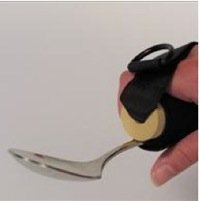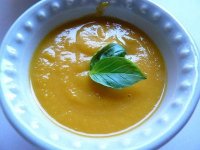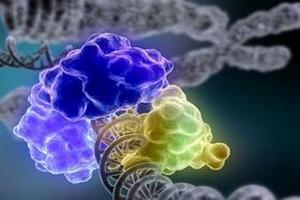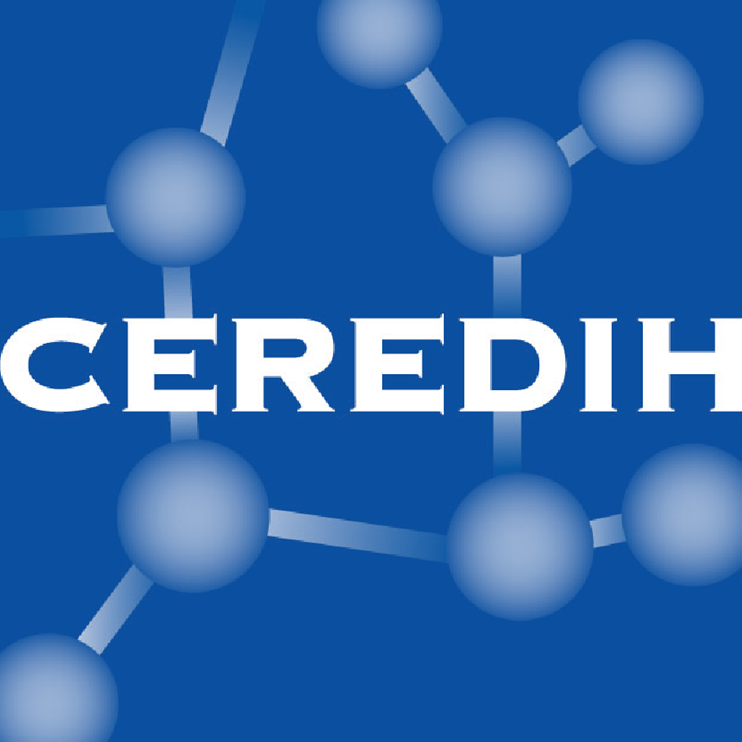order helvetica, cure sans-serif;">In the act of feeding for children with ataxia telangiectasia can arise three types of problems:
- Autonomy
- Swallowing
- Quality and especially quantity of food
Promote autonomy at table
 It is the role of the occupational therapist to provide specific tips and tools to retain the autonomy for self feeding. For example
It is the role of the occupational therapist to provide specific tips and tools to retain the autonomy for self feeding. For example
- Give priority to objects with handles for a better grip. Thicken the handle of spoons, forks and knives.
- Give an angle to the handle of spoons to reduce the rotation of the wrist when approaching the mouth
- Encourage the catch with full hands which improves stability
- Even if it is contrary to good manners, allow elbows on the table that allow greater stability of the hands
- Increase the stability of the dinnerware by sticking underneath materials that cling
- Decrease the distance between mouth and plate by raising it
- Work on the presentation and texture of foods so that they are easy to take and to chew
If you are not handyman, you can use the tools offered by some manufacturers.
Eating with swallowing problems
The SLP may, by appropriate exercises, maintain the ability of swallowing. But above all, the respect for simple instructions allows the swallowing to take place under optimum conditions:
- Eat more often, four to six times per day, smaller quantities to reduce the length of the meals and thus fatigue
- Stand straight and head up, not backward
- Take small bites
- Alternate food and liquids to clean the mouth and the throat
- Choose or change the texture of foods. Focus on mashed vegetables, pudding, well cooked pasta, cooked fruits and vegetables, ground meat mixed with sauce
- To drink: focus on rich and creamy liquids like: milkshakes, fruit nectar, creamy soup, whole milk instead of skim milk.
- that make crumbs, or moisten them or even prepare them in a sauce
- difficult to chew like pieces of meat, raw vegetables and fruits,...
- Sticky: mashed vegetables too thick, white bread,...
For drinks, avoid:
- Fluids without nutritional value and too liquid, like water! These are the most difficult for people with AT.
- Pay attention to the use of straw: avoid too much liquid arriving too quickly in the mouth. One sucking up each time is enough. You can also pinch the straw.
Emergency plan
To face the problem of false routes including the fact that they are getting more and more silent over time, it is necessary to draw up an emergency plan with:
- You
- Your child
- A physical therapist or a SLP
- The emergency services
The general principles are:
- Stay calm
- Force or encourage your child to cough and breath between blocks
- Learn and perform the Heimlich maneuver
- Call the emergency services
- Have a code with the child. For example, a blow on the table indicates that there is no problem, one hand on the throat to the contrary that there is one.
- Adapt the plan according to the evolution of the child
The gastrostomy feeding tube
When eating becomes really problematic and that the ingested amount of food is not sufficient for daily needs and normal growth, it may be decided to use a gastrostomy tube.
Implanted by surgery, it helps to supplement food directly into the stomach while allowing to continue to eat and drink normally.
According to the feedback from the Ataxia Telangiectasia clinic of the Johns Hopkins Hospital in Baltimore, the best results are obtained when the implantation is done when the nutrition and swallowing disorders appear.










